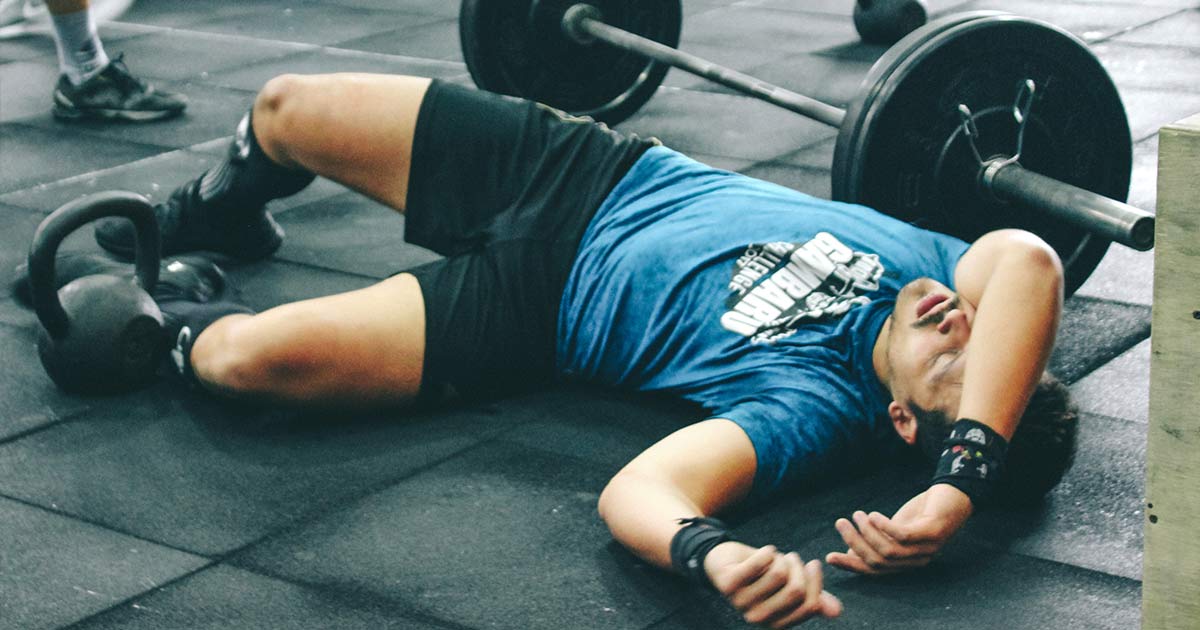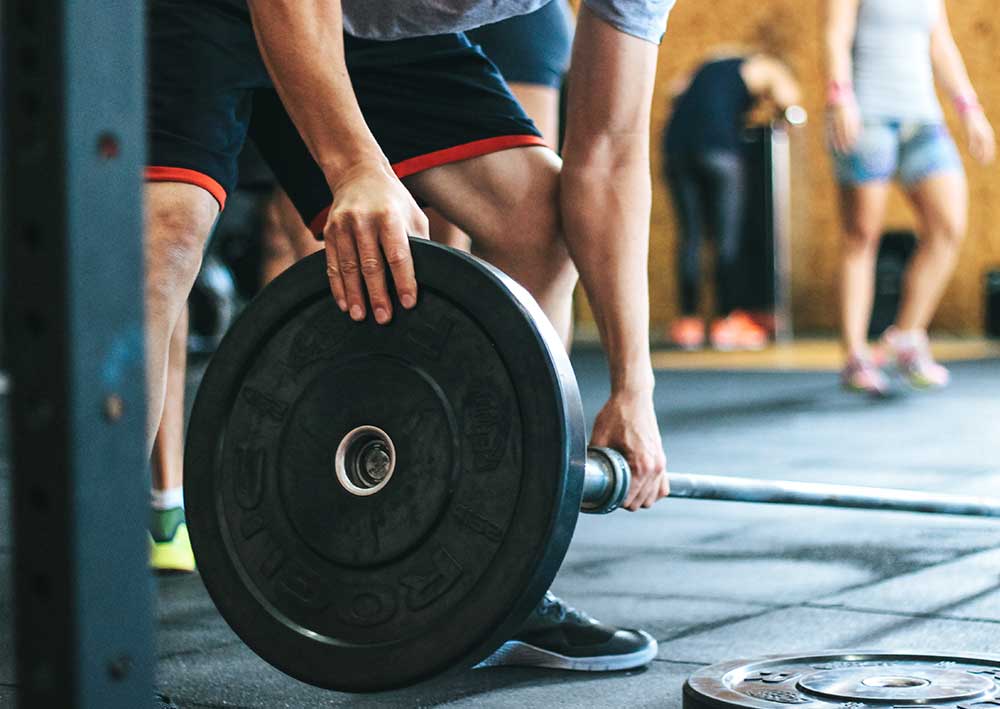Preventing Injury while Strength Training
It sounds easy enough to pick up weights and start lifting. Whether or not we have experience in this area, we want to go fast and often omit important steps.
Strength training implies full motion movements of muscles, tendons and ligaments. When we think that we are working only on muscles, we are actually significantly mobilising the joints. It doesn’t matter if we do not consider ourselves as a professional athlete. From the moment we decide to lift weights, precautions need to be taken, and measure of security implemented into our training session.
Warm up

It serves the purpose of preparing the body for the effort and intensity of strength training. Crucial yet oftentimes overlooked, the warm up is the best way to avoid injuries.
Light cardiovascular exercises increase circulation, body temperature and heart rate while stretches and mobility drills prepare muscles. The warm up usually consists of jumps, squats and push-ups, followed by slower movements such as shoulder, hip and ankle mobility motions. After a warm up we should feel slightly out of breath, larger muscles energized and smaller ones activated.
The warm up extends to the first lifts of the session. Ideally we want to start with lighter weights for a good number of repetitions and only then move up, skipping this process puts muscles in jeopardy.
Proper form

Individuals learn in different manners. Some will understand how to duplicate a movement straight away while others will need someone else to show them and correct them on the spot. The intention of maintaining good technique and impeccable form is paramount when thinking of preventing injuries.
How to correct posture?
If we already have the knowledge to auto correct form, looking at the mirror or asking someone might be the best way to effectively correct posture. However, if we are new to strength training, hiring a personal trainer for a couple of sessions and going through the movements which are more likely to be doing alone is the best option.
Concise programme

Strength training requires to be planned in order to let muscles recover. Muscles need to rest in order to regenerate and grow.
Alternating body parts
If we are soliciting the same muscles over and over again we create too much stress. Not allowing enough recovery pays also a part in technique which we have been through above.
Mind set
When we demand too much from our bodies and cannot accomplish the tasks we have set for ourselves, we impact our mind set. A situation like this can snowball, affect the rest of the week and therefore the rest of training.
Slow weights increase

We have objectives to reach and we have to be conscious that it will take time to get there. Whether we are coming back from an injury, have a new weight goal, or are a beginner, allowing the body to gradually become used to the weights before moving up is a must. Without this meticulous methodology we risk overtraining, overuse and injuries.
Compound exercises

Compound exercises are multi-joints movements which are proven to lessen injuries. We hit different muscles at once (at least two) whereas isolated exercises focus on one joint only.
When we think of compound exercises we think of exercises such as bench press, barbell rows, deadlifts, squats, lunges, dumbbell thrusters, and renegade rows.
Recovery and rest days

Sleep, nutrition and hydration play an essential part in muscle growth.
Depending on how we feel, It is imperative to modify training. It is not a whim but rather a proactive manner to avoid injuries. Sleep and food deprivation also allow for training to be modified. In those instances, for the sake of health and recovery, it is preferable to decrease intensity.
The element which prevails when considering healthy training is recovery. This is the reason why allowing complete rest days in between strenuous sessions is paramount.